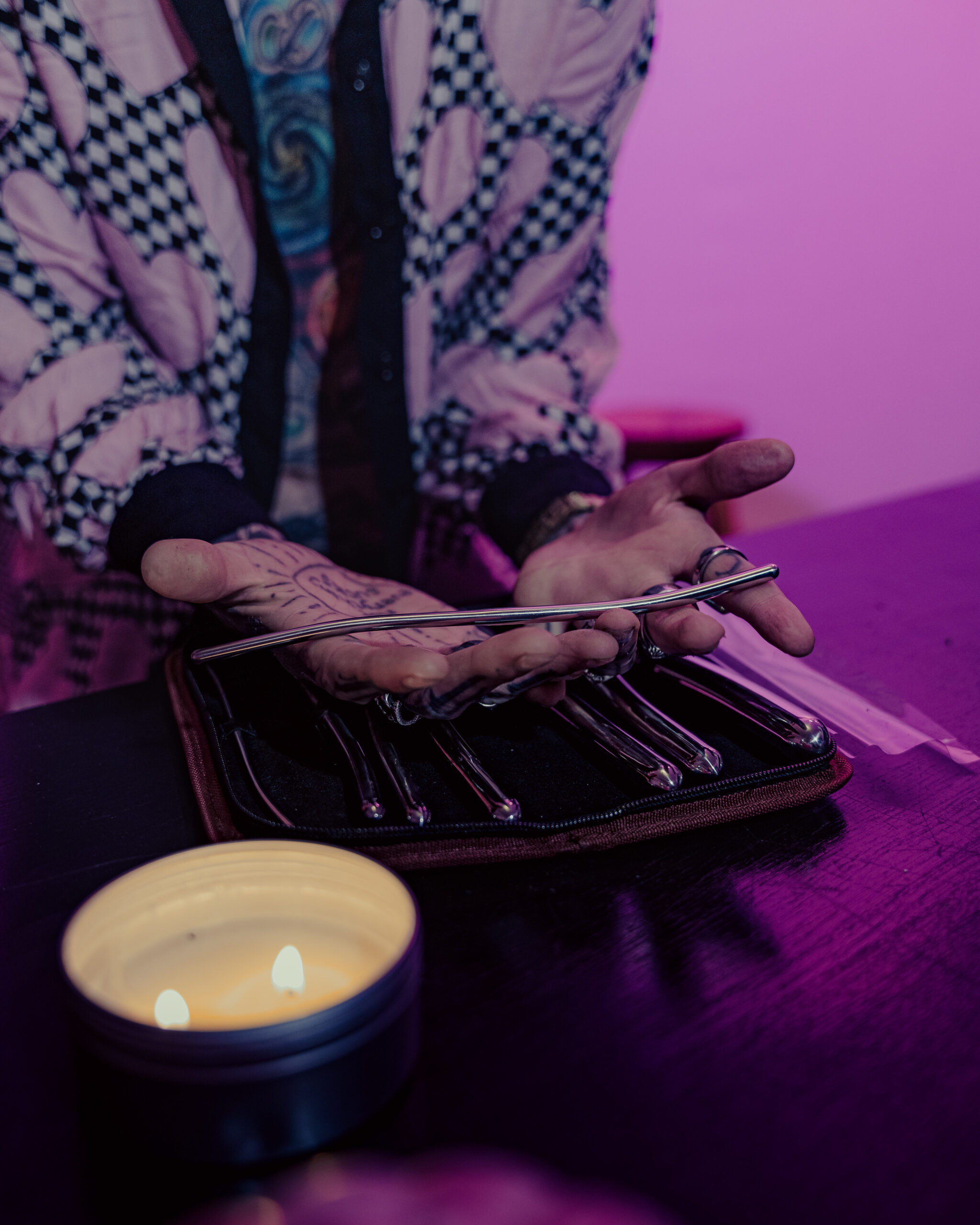Defining Aromanticism
Aromanticism is a sexual orientation characterized by a lack of romantic attraction to others. People who identify as aromantic do not feel the urge or desire to form romantic relationships, regardless of gender identity.
It’s important to remember that aromanticism exists on a spectrum. Some people may experience no romantic attraction at all, while others may have a low or fluctuating level of romantic attraction.
Aromantic individuals can still experience other kinds of attraction, such as sexual attraction, platonic attraction, or aesthetic attraction. They can also form strong emotional bonds with others through friendships and other non-romantic relationships.
Distinguishing Aromanticism from Other Orientations
Distinguishing aromanticism from other orientations can be complex, as it often involves understanding nuances of attraction rather than rigid categories. Asexual individuals, for example, may experience little to no sexual attraction but can still feel romantic attraction. Conversely, some people may identify as demisexual, meaning they only experience sexual attraction after forming a strong emotional bond, which could overlap with romantic feelings.
It’s crucial to recognize that these identities are not mutually exclusive. Someone can be both asexual and aromantic (ace-aro), or they might identify as one while exploring the other. The spectrum of human experience is vast, and individuals may define their own attractions in unique ways.
Open communication and respect for individual experiences are essential when navigating these complex topics.
Understanding the Spectrum
Understanding romantic attraction can be a journey of self-discovery, especially when exploring the diverse landscape of human experience. Aromanticism, a sexual orientation characterized by a lack of romantic attraction, is just one facet of this intricate spectrum.
Variations in Experience: From Complete Lack of Attraction to Grey Area Experiences
Understanding the spectrum of romantic attraction requires recognizing that experiences vary greatly. At one end, some individuals may experience no romantic attraction whatsoever. This can manifest as a complete absence of desire or urge to pursue romantic relationships regardless of gender identity.
Others may fall into a “grey area,” where they experience low levels of romantic attraction that fluctuate or are situational. These experiences might involve feeling drawn to someone romantically at certain times or under specific circumstances, but not consistently or strongly.
It’s important to emphasize that these varying levels of romantic attraction do not diminish the validity of any individual’s experience.
Just as with other aspects of human experience, there is a wide range of possibilities when it comes to romantic attraction. Embracing this diversity and fostering understanding allows for more inclusive and respectful conversations about sexuality and identity.
The Role of Cultural and Societal Influences
Understanding the spectrum of aromanticism requires recognizing that experiences can vary greatly. Some individuals may experience no romantic attraction at all, while others might have low levels of fluctuating romantic attraction. These experiences are valid regardless of their intensity or consistency.
Cultural and societal influences play a significant role in shaping how individuals understand and express their romantic attractions. In some cultures, romantic relationships are highly valued and expected, which can create pressure to conform to societal norms. This pressure might lead some individuals to suppress or deny their aromantic feelings.
Conversely, societies that are more accepting of diverse sexual orientations and identities provide a supportive environment where individuals feel comfortable exploring and expressing their true selves. Open dialogue and education about aromanticism within communities can help break down misconceptions and promote greater understanding.
Navigating Relationships and Social Expectations
Navigating the complexities of relationships and social expectations can be challenging, especially when exploring diverse expressions of romantic attraction. Aromanticism, A1 Nail Art a sexual orientation characterized by a lack of romantic attraction, adds another layer to this intricate landscape.
Romantic vs. Platonic Love: Differentiating Needs and Desires
Understanding the difference between romantic and platonic love is crucial for navigating relationships and social expectations. While both involve forming meaningful connections with others, they stem from different emotional and motivational drivers.
Romantic love is often characterized by intense feelings of longing, passion, and a desire for intimacy, typically leading to the pursuit of a committed relationship. Platonic love, on the other hand, is based on deep affection, trust, and shared values, fostering close friendships without any romantic or sexual undertones.
Differentiating between these needs and desires can be essential for setting healthy boundaries and communicating effectively in relationships. Recognizing your own emotional needs and understanding the expectations of others allows for more authentic and fulfilling connections, whether they are romantic or platonic.
For those who identify as aromantic, understanding these distinctions becomes even more important. While aromantics may experience strong platonic bonds and other forms of attraction, romantic love is not something they feel or desire. Recognizing this can help them communicate their needs clearly and avoid misunderstandings in social situations.
Challenges Faced by Aromantic Individuals
Navigating relationships and social expectations can be challenging for anyone, but it can present unique hurdles for aromantic individuals. Societal norms often prioritize romantic relationships as the default, leading to assumptions about individual’s desires and orientations.
Aromantic people might face pressure to conform to these expectations, even when they don’t align with their own experiences. This can lead to feelings of isolation, invalidation, or a sense of “being different” which can be emotionally taxing.
Open communication is crucial for aromantic individuals to navigate these challenges effectively. Clearly expressing their lack of romantic interest and emphasizing their desire for platonic connections can help manage expectations and prevent misunderstandings.
Building supportive communities and finding allies who understand and respect their experiences can also be invaluable. Sharing stories, offering advice, and creating safe spaces for aromantic individuals to connect can foster a sense of belonging and reduce feelings of isolation.
Building Healthy Relationships: Finding Connection Beyond Romance
Understanding the spectrum of romantic attraction is crucial for fostering inclusivity and respect in our interactions with others. Aromanticism, a sexual orientation characterized by a lack of romantic attraction, adds another layer to this understanding.
It’s important to remember that aromantic individuals can still form meaningful connections and experience love in various forms, even if they don’t desire romantic relationships.
Building healthy relationships goes beyond romantic connections. Friendships, family bonds, and community connections provide valuable sources of support, belonging, and personal growth. Cultivating these relationships requires effort, communication, and mutual respect.
Prioritizing open and honest communication is essential in all relationships. Expressing your needs and boundaries clearly while actively listening to others fosters understanding and strengthens connections.
Aromantic Identities within the LGBTQ+ Community
Aromanticism, a sexual orientation characterized by a lack of romantic attraction, adds another dimension to the diverse landscape of human experience within the LGBTQ+ community. Understanding aromantic identities requires recognizing that romantic attraction exists on a spectrum, with some individuals experiencing no romantic attraction at all while others may have fluctuating levels or experience it in specific circumstances.
Intersectionality and Representation
Intersectionality plays a crucial role in understanding how aromanticism intersects with other aspects of identity, such as race, gender, sexuality, and disability. Aromantic people of color, for example, may face unique challenges due to the intersection of racism and societal pressures to conform to heteronormative expectations.
- Asexual and aromantic individuals may experience compounded discrimination due to the stigma surrounding both identities.
- Transgender and nonbinary aromantic people may face additional challenges related to gender identity and expression within a society that often conflates romantic attraction with gender roles.

Representation of aromantic individuals in media, literature, and popular culture is crucial for fostering visibility and understanding. Seeing oneself reflected in stories and characters can be empowering and validating for aromantic people, helping them feel seen and understood.
Increased representation also helps challenge misconceptions about aromanticism and promote greater acceptance within society as a whole.
Allyship and Advocacy for Aromantic Rights
Understanding Aromantic Identities within the LGBTQ+ Community
Aromanticism, a sexual orientation characterized by a lack of romantic attraction to others, is an integral part of the diverse spectrum of human experience within the LGBTQ+ community.
It’s essential to recognize that aromanticism exists on a spectrum. Some individuals may experience no romantic attraction whatsoever, while others might have fluctuating levels or experience it in specific circumstances.
Aromantic people can still form meaningful connections and experience love in various forms, including platonic love, familial bonds, and even sexual attraction.
It’s crucial to avoid conflating aromanticism with other orientations like asexualism. While there is overlap between the two, they are distinct identities.
Asexual individuals may experience little to no sexual attraction but can still feel romantic attraction.
Allyship and Advocacy for Aromantic Rights
Supporting aromantic individuals means understanding their experiences and advocating for their rights.
This includes:
- Using respectful language and terminology.
- Educating yourself about aromanticism and challenging misconceptions.
- Creating inclusive spaces where aromantic individuals feel safe and accepted.
- Amplifying aromantic voices and perspectives.
By working together, we can build a more inclusive and accepting society that celebrates the diversity of human experience.
Finding Community and Connection with Other Aromantics
Aromanticism is a sexual orientation characterized by a lack of romantic attraction to others. People who identify as aromantic do not feel the urge or desire to form romantic relationships, regardless of gender identity. It’s important to remember that aromanticism exists on a spectrum. Some people may experience no romantic attraction at all, while others may have a low or fluctuating level of romantic attraction. Aromantic individuals can still experience other kinds of attraction, such as sexual attraction, platonic attraction, or aesthetic attraction. They can also form strong emotional bonds with others through friendships and other non-romantic relationships.
Distinguishing aromanticism from other orientations can be complex, as it often involves understanding nuances of attraction rather than rigid categories. Asexual individuals, for example, may experience little to no sexual attraction but can still feel romantic attraction. Conversely, some people may identify as demisexual, meaning they only experience sexual attraction after forming a strong emotional bond, which could overlap with romantic feelings. It’s crucial to recognize that these identities are not mutually exclusive. Someone can be both asexual and aromantic (ace-aro), or they might identify as one while exploring the other. The spectrum of human experience is vast, and individuals may define their own attractions in unique ways.
Open communication and respect for individual experiences are essential when navigating these complex topics. Understanding romantic attraction can be a journey of self-discovery, especially when exploring the diverse landscape of human experience. Aromanticism, a sexual orientation characterized by a lack of romantic attraction, is just one facet of this intricate spectrum.

Finding community and connection with other aromantics can be incredibly valuable. Online forums, social media groups, and local meetups provide spaces for aromantic individuals to connect, share experiences, and build support networks. These communities offer validation, understanding, and a sense of belonging that can be especially meaningful for those who may not have encountered other aromantic people in their daily lives.
Remember that everyone’s experience with aromanticism is unique. There is no “right” or “wrong” way to be aromantic. What matters most is finding what works best for you and embracing the diverse tapestry of human experience.
Reliable Information Sources and Educational Materials
Aromanticism, a sexual orientation characterized by a lack of romantic attraction, is an integral part of the diversity within the LGBTQ+ community.
It’s essential to understand that aromanticism exists on a spectrum. Some individuals may have no romantic attraction at all, while others might experience it in limited or situational ways.
Aromantic people can still form meaningful connections and experience love through platonic relationships, familial bonds, and even sexual attraction.
Distinguishing aromanticism from other orientations, like asexuality, is important. While there’s overlap, they are distinct identities. Asexual individuals may lack sexual attraction but can feel romantic attraction.
Understanding these nuances requires recognizing that attraction exists on a spectrum and individuals define their experiences in unique ways.
Reliable Information Sources
For accurate information about aromanticism and the LGBTQ+ community, consult reputable sources like:
Educational Materials
Many online resources offer comprehensive information about aromanticism and related LGBTQ+ topics:
sexual bets for couples
Alkhemist LA
- Traptox Aka Trapezius Botox Treatment Near Busbridge, Surrey - December 4, 2025
- The Ultimate Guide To Finding The Best CBD Infused Gummies In The UK - December 1, 2025
- The Role Of Terpenes In Flavoring THC Drinks - November 30, 2025
